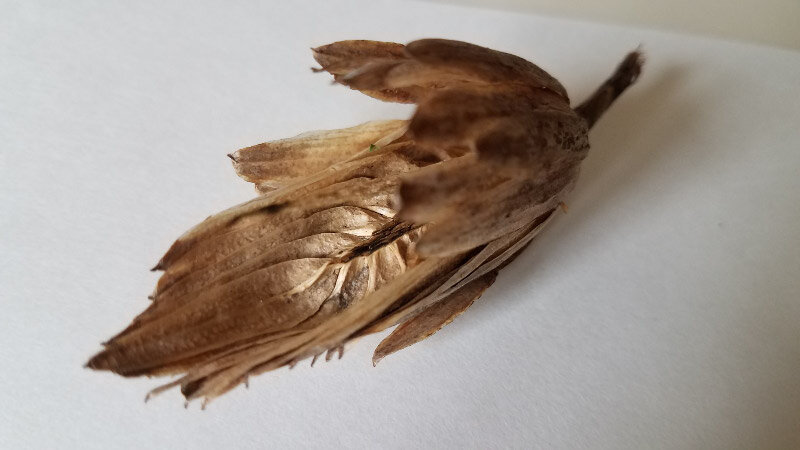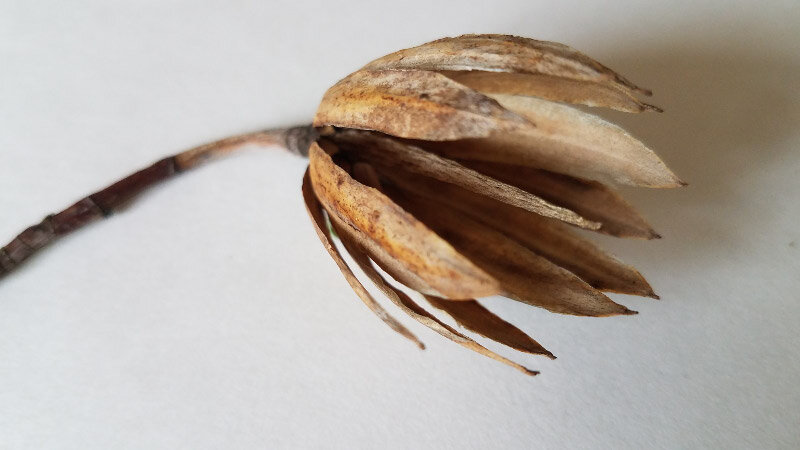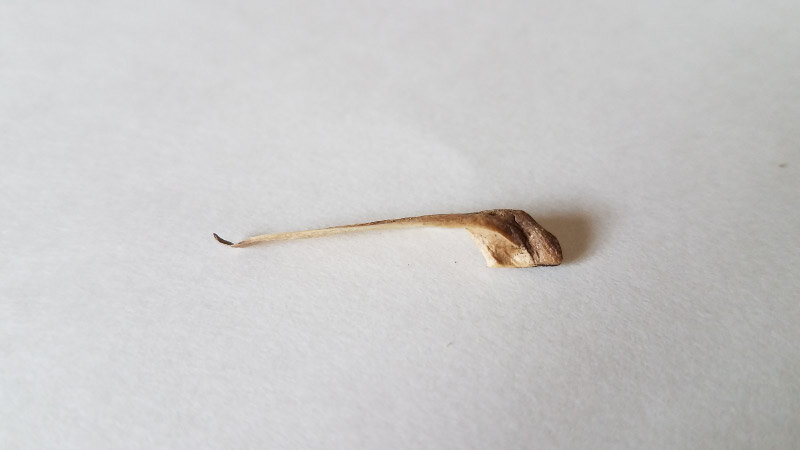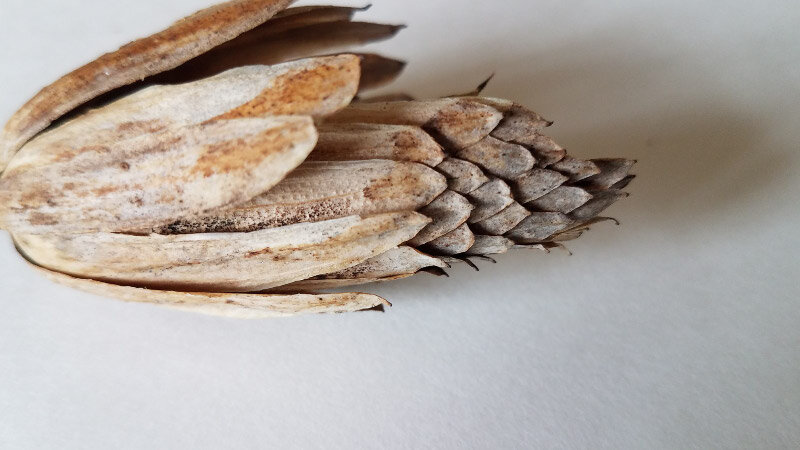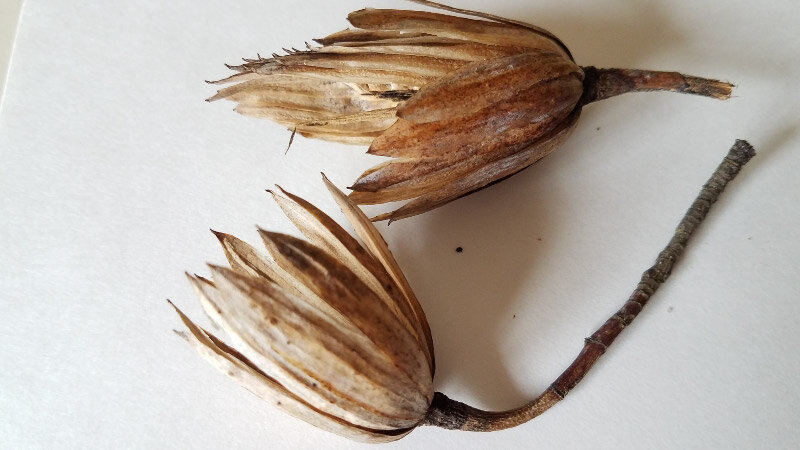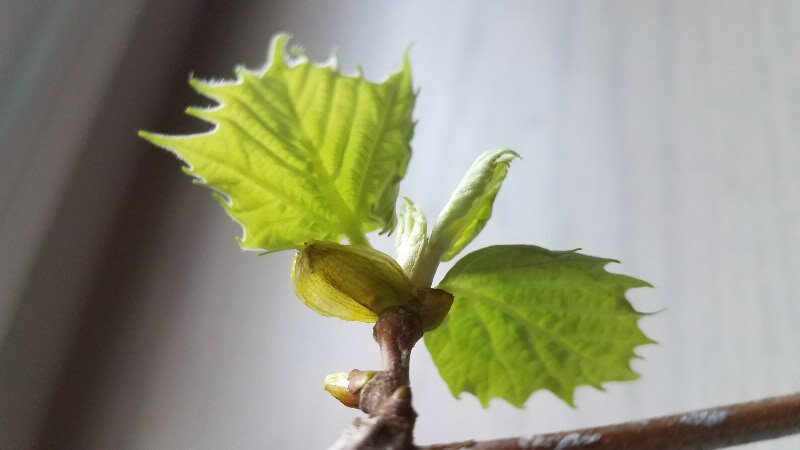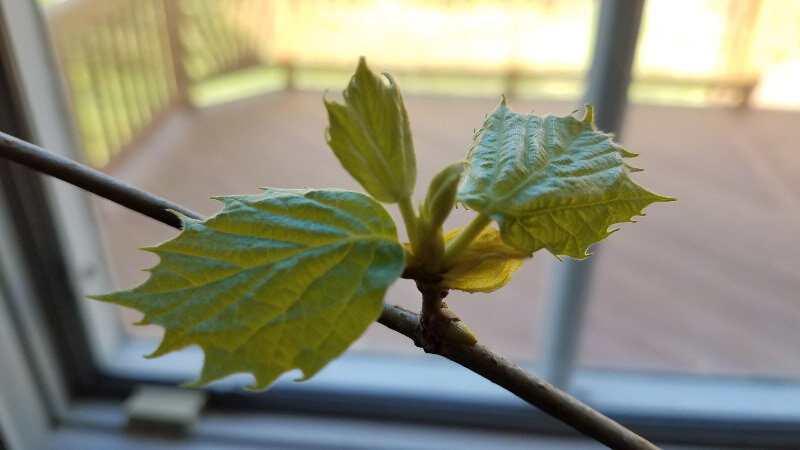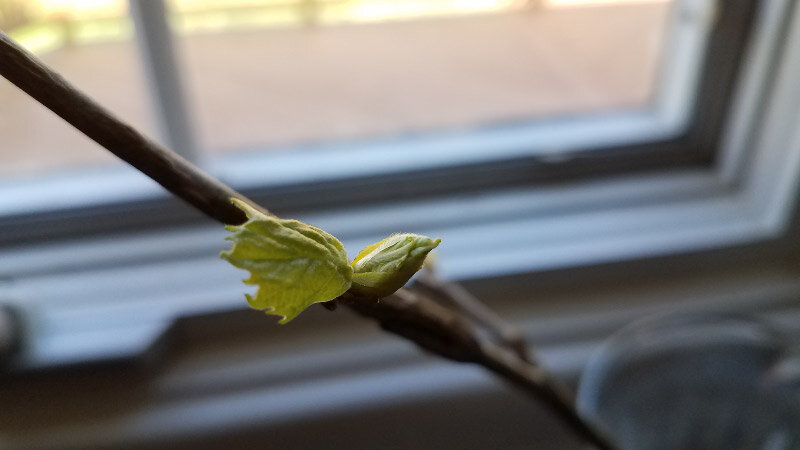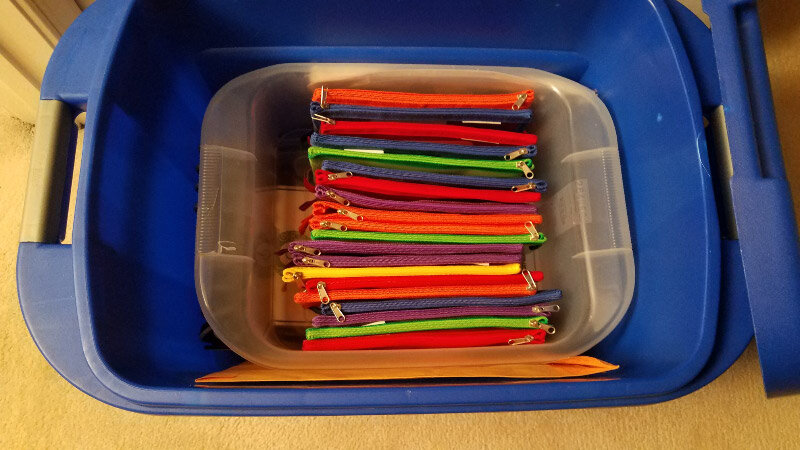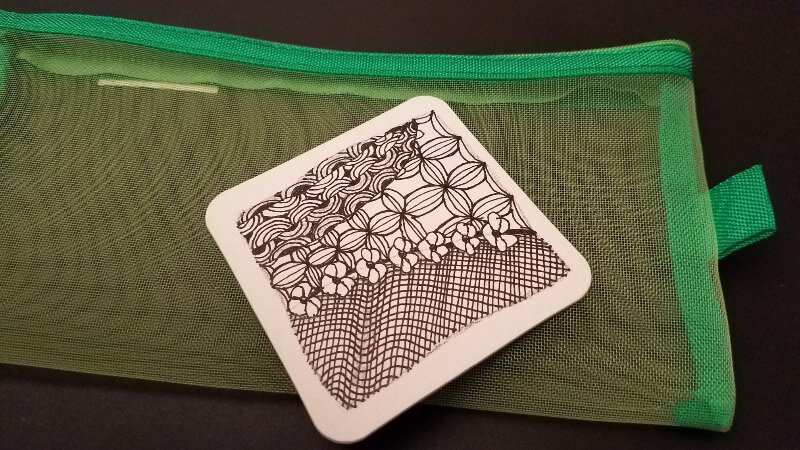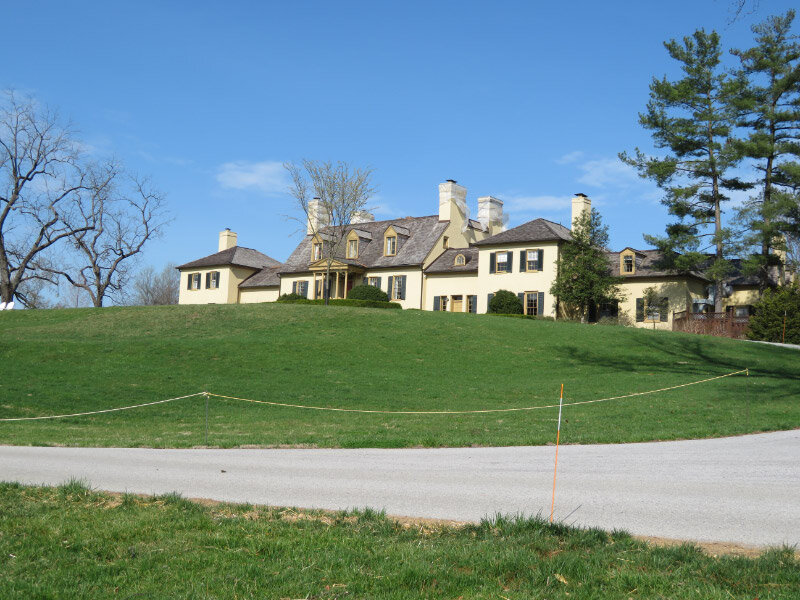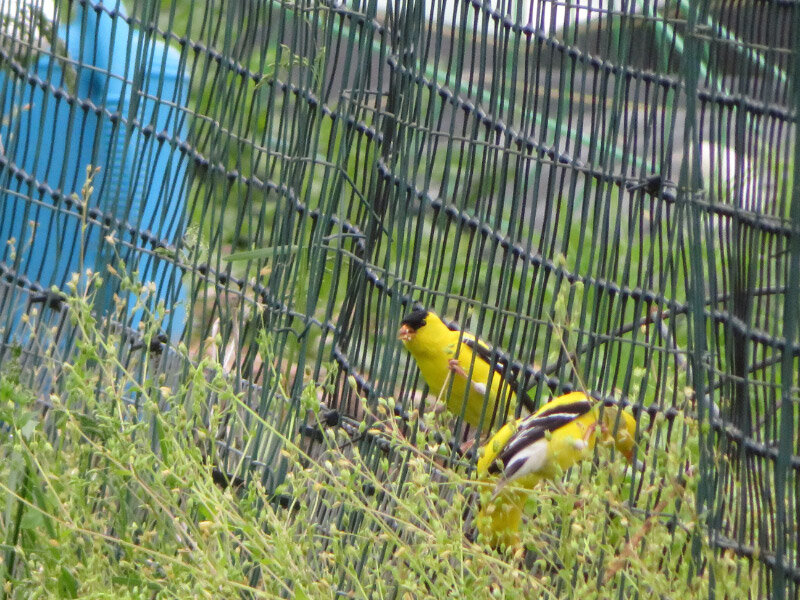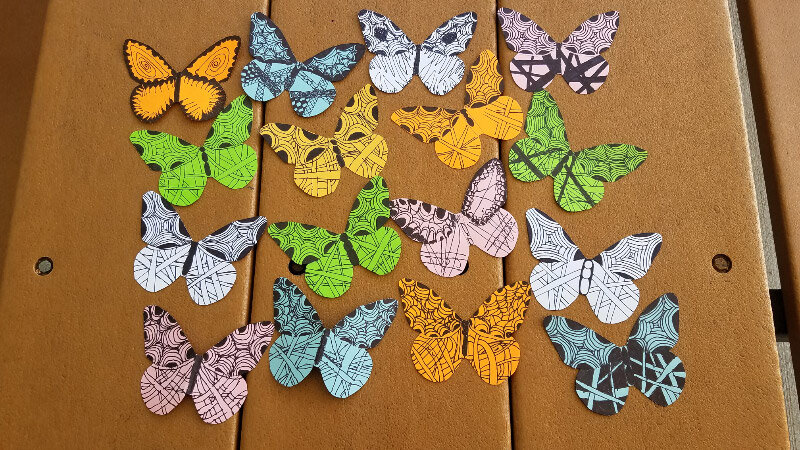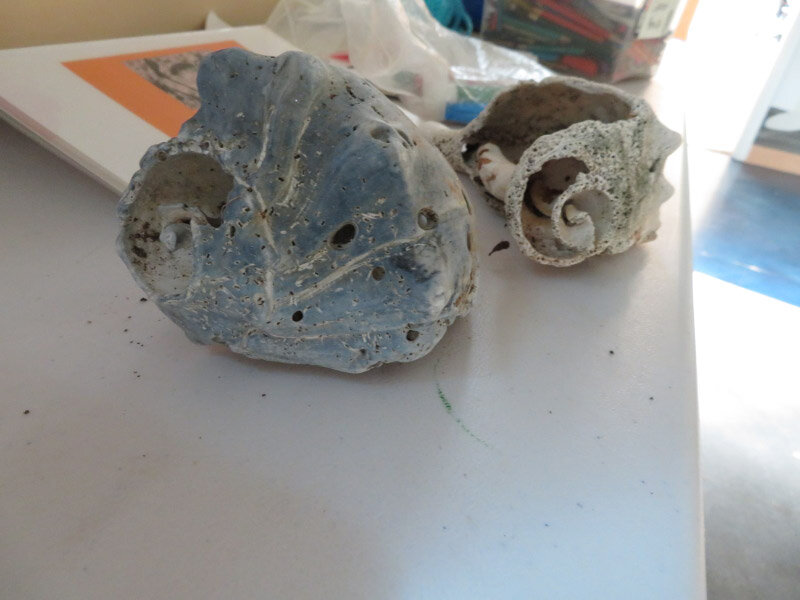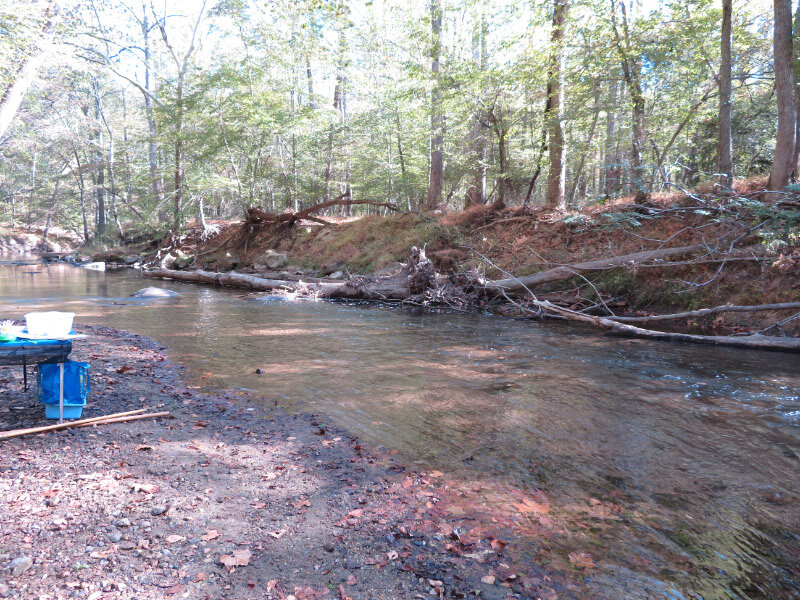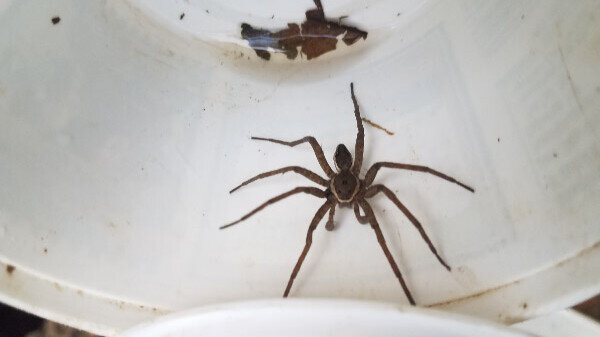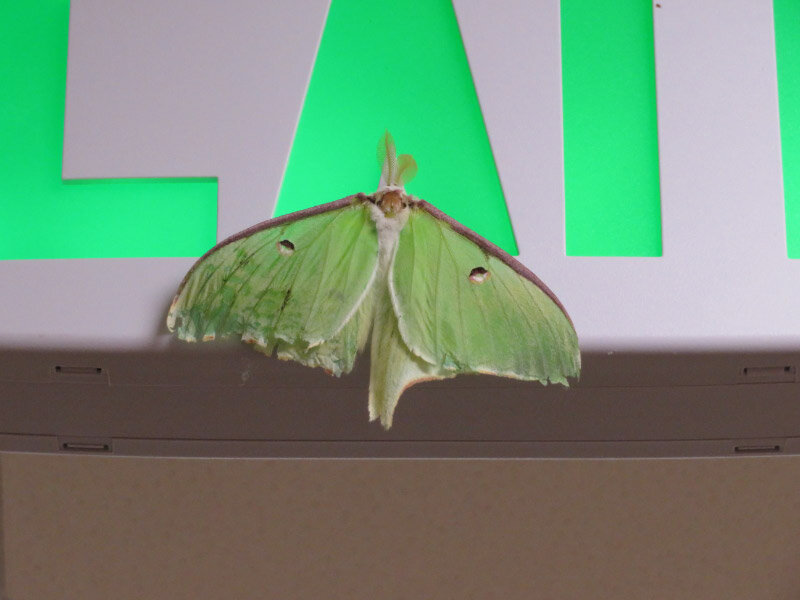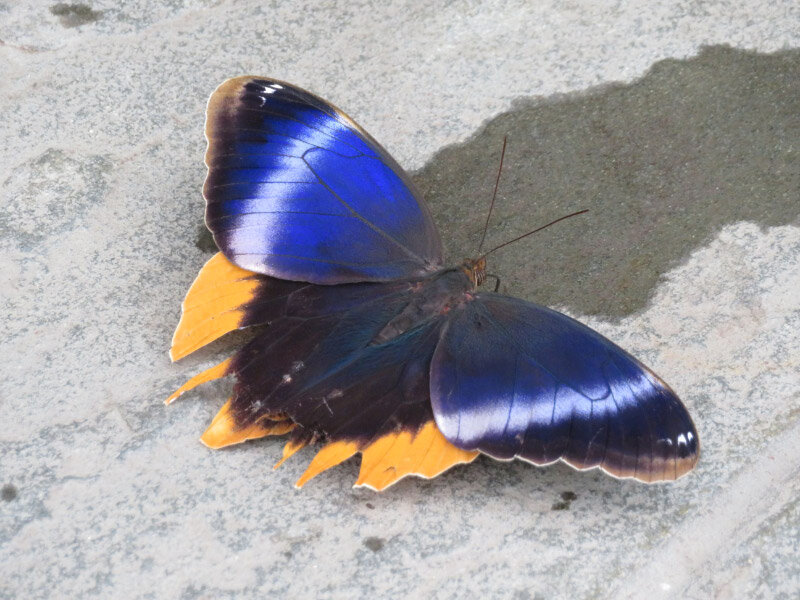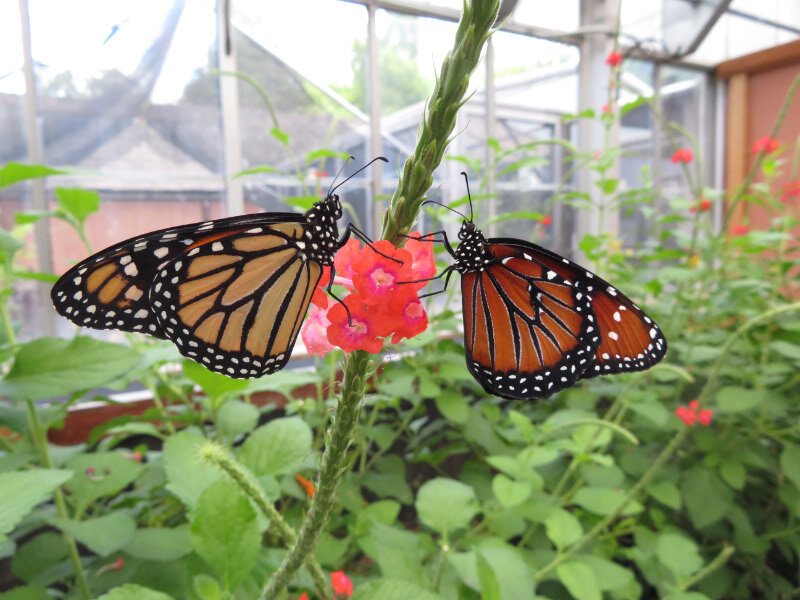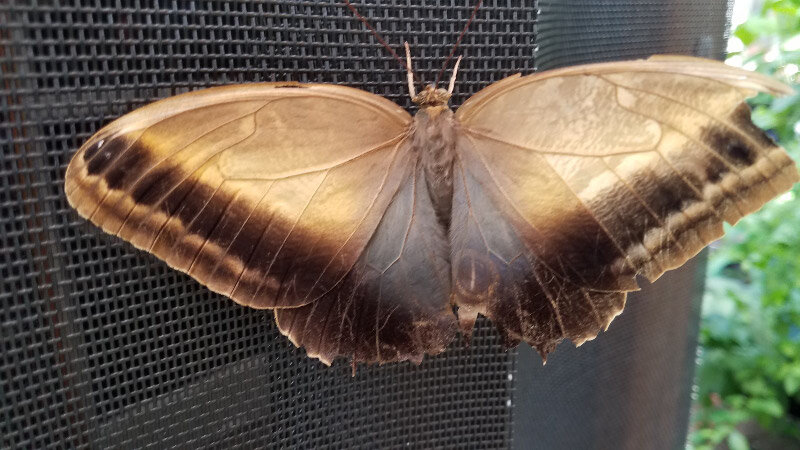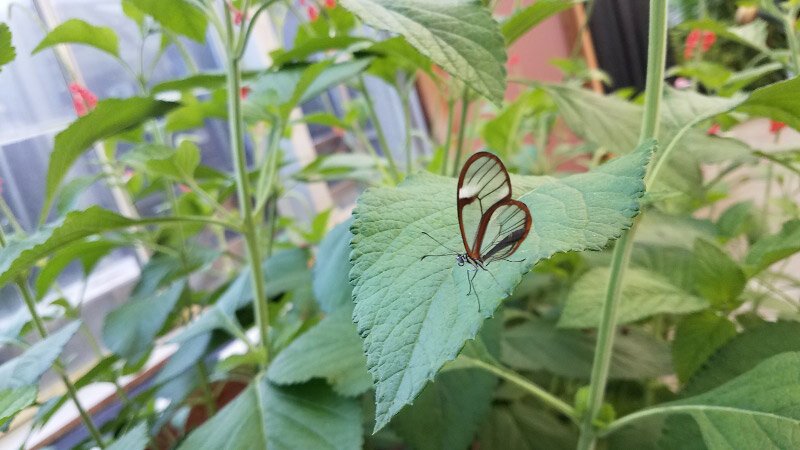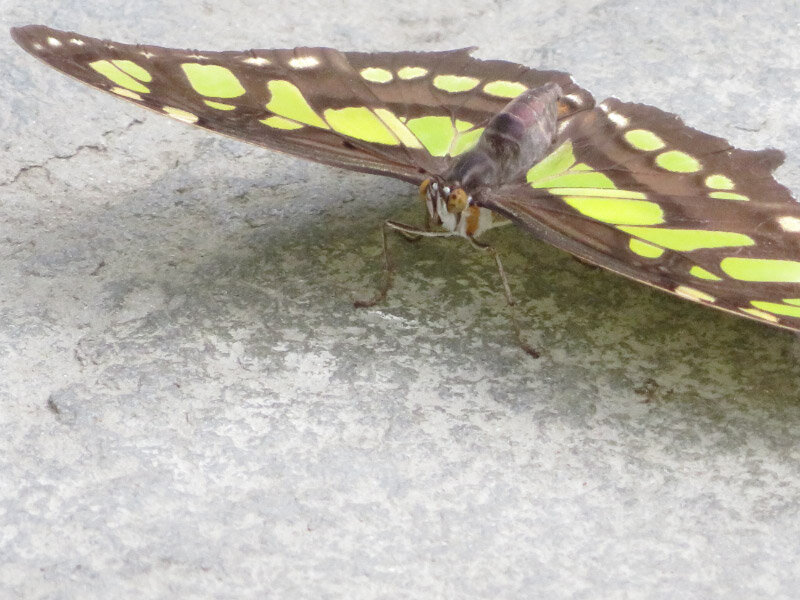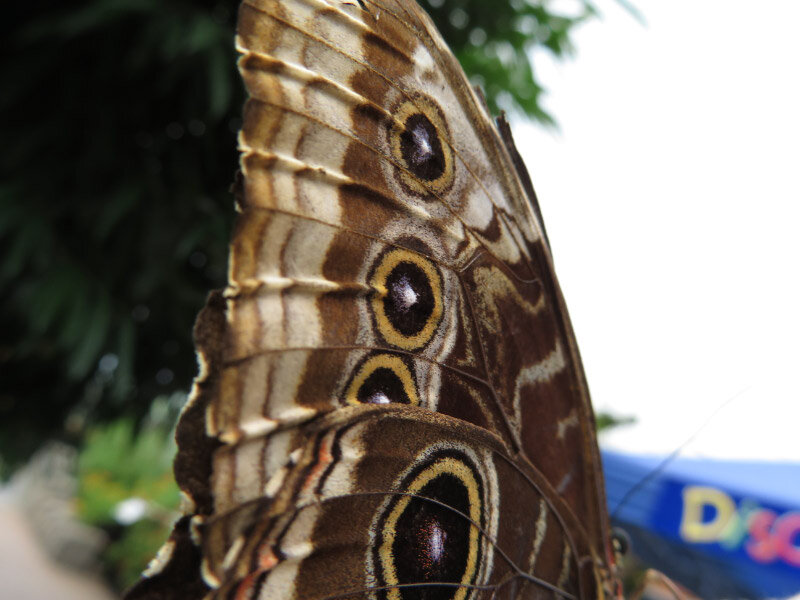Filling a Day of Social Distance – 4/12/2020
/Continuing the blog post series prompted by COVID-19….
Here are the unique activities for yesterday:
Aargh! Brown-headed cowbirds. This is the first year I’ve noticed cowbirds coming regularly to our feeder. There is a pair that seems to be hanging around and I’m concerned that we’ll have baby cowbirds demanding food from the robins and sparrows and cardinals and maybe even the finches.
Making a new plan – then changing it. I had big plans for my front flower beds yesterday afternoon because it was so warm – mixing soil with compost and planting some seeds, placing the glass bird bath on its stand and filling it with water. Then I looked more carefully at the 10-day forecast and remembered that there had been ice in the birdbath cantilevered from our deck for the past 2 mornings. Planting seeds needs to wait until after danger cold temperatures…and I wasn’t keen on the glass bird bath having frozen water in it either. So - I picked up sticks that had fallen from several trees. The oak and sycamore always have small twigs around them after gusty days. But this spring I noticed our cherry does too. There are a couple of larger branches that aren’t getting leaves this year. I told my husband that he’d have to help me when I cut them – although I want to wait a little while to make sure they aren’t going to leaf out.
Photographing windfall. While I was making multiple trips to the brush pile with loads of twigs, I noted small bits of trees that had blown to the ground: a twig from a pine with very green needles still attached, groups of samaras blown from the red maple before they could fully ripen, and some seed pods formed last fall on the tulip poplar. I gathered up my treasures before going inside. Just after I put them on the kitchen table, I noticed that one of them had a hitchhiker.
A tiny spider crawled around. I quickly tried to get a picture, but it was moving too fast and was very small. I decided to use the jeweler’s loupe to contain it…and get the picture with my cell phone The jewelers loupe is 22x magnification…it was a very small spider!
I took a close look at the junction between the pine needles and the twig with the clip-on macro lens on my cell phone. The twig has wrinkles at the junction!
The samaras from the red maple have been a topic previously. They are drying out and losing their color…but still are quite beautiful with the green and muted pink.
The pods from the tulip poplar are thoroughly dry. One still contained some seeds. I pulled a seed out to photograph. I’m always in awe that such a tiny seed grows to be such a big tree!
Links to my previous “filling a day of social distance” posts here.
I am opting to continue this series of blog post to emphasis how different this time is. This is the longest time I’ve stayed home that I can remember. While I am here, I am choosing things I enjoy doing and documenting some of them in this series….and following recommendations to keep myself and others healthy. Overall – the emotional roller coaster from the early days has become more subdued. Every day I become more confident that the way I am living now is sustainable for as long as it takes. My wish for everyone is to










